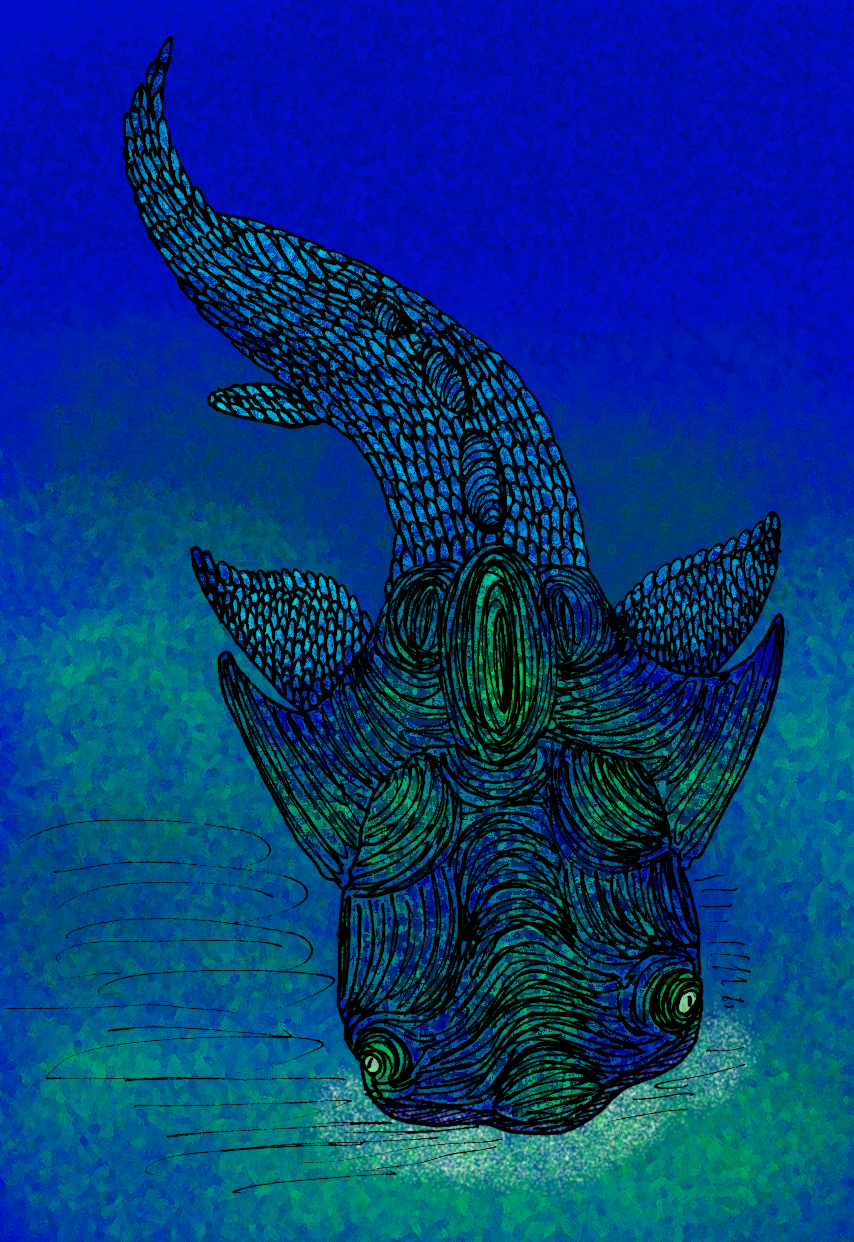- Petalichthyida
Taxobox
name = Petalichthyida
fossil_range = EarlySilurian - LateDevonian
status = Fossil

image_caption = "Quasipetalichthys haikouensis "
regnum =Animal ia
phylum = Chordata
subphylum = Vertebrata
infraphylum =Gnathostomata
classis =Placodermi
classis_authority = McCoy, 1848
ordo =Petalichthyida †
familia = MacropetalichthyidaeThe Petalichthyida was an order of small, flattened
placoderm fish . They were typified by their splayed fins, and numerous tubercles that decorated all of the plates and scales of their armor. They reached a peak in diversity during the EarlyDevonian and were found throughout the world, particularly in Europe (especially in Germany), North America, Asia, South America, and Australia. The petalichthids "Lunaspis " and "Wijdeaspis " are among the best known. There was an independent diversification event that occurred in what is now Southern China, producing a handful of unique genera that were once placed in their own order, "Quasipetalichthyida," named after the first discovered species there, "Quasipetalichthys haikouensis ". Soon after the Petalichthids' diversification, they went into a decline, until the last few species were exterminated along with the rest of the placoderms during the Late Devonianextinction event.From what can be garnered from their compressed body forms, it is presumed that the Petalichthids were bottom-dwellers that either chased after, swam after, or ambushed smaller fish. However, their diet is highly speculatory, as none of the fossil specimens found have the mouth or mouth parts preserved.
References
* Long, John A. The Rise of Fishes: 500 Million Years of Evolution Baltimore: The Johns Hopkins University Press, 1996. ISBN 0-8018-5438-5
Wikimedia Foundation. 2010.
